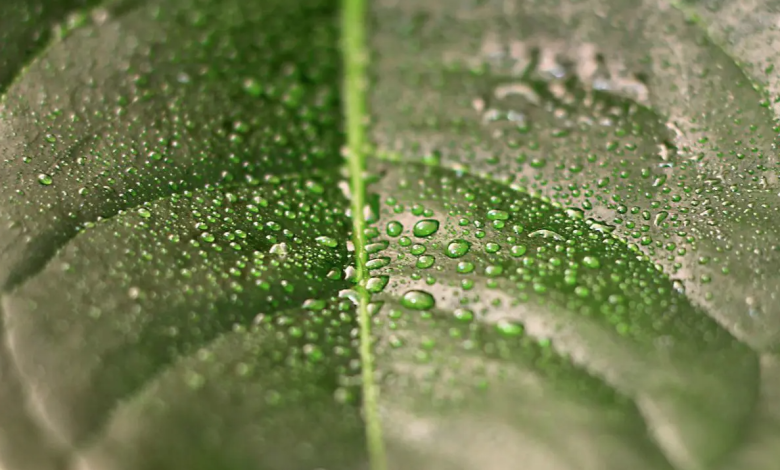We have crossed the planetary boundary for fresh water

It is the 6 th limit of the overrun planet
(Sustainabilityenvironment.com) – We must delete another of planetary boundary considered safe. A new water cycle analysis conducted by the Stockholm Resilience Centre shows that the freshwater indicator far exceeds the threshold when considering “green water“, that is, water stored in the ground and usable by plants.
The new assessment is based on evidence of widespread changes in soil moisture compared to the mid-Holocene, the geological epoch in which we find ourselves, which began 11,700 years ago. And with respect to pre-industrial conditions and to the destabilization due to changes in ecological, atmospheric and biogeochemical processes linked to the changing availability of green water.
How the analysis of the Planetary boundary has changed
Until now, the analysis of the planetary boundary for fresh water was based only on the so-called “blue water”, that is, on the abstraction of water from aquifers, lakes and rivers. With these parameters, the limit was considered “not exceeded”. But it’s based on a partial, non-integrated view of the water cycle with the rest of the ecosystem. The impacts of green water, and in particular soil moisture, on the resilience of the biosphere, on the state of carbon wells, and on the regulation of atmospheric circulation are missing.
“The Amazon rainforest depends on soil moisture for its survival. But there is evidence that parts of the Amazon are drying up. The forest is losing soil moisture due to climate change and deforestation,” says Arne Tobian, second author and Ph.D. student at the Stockholm Resilience Centre and the Potsdam Institute for Climate Impact Research. “These changes are potentially pushing the Amazon closer to a tipping point where large parts could move from the rainforest to savanna-like states,” he adds.
This is a problem that does not only affect Amazon. Throughout the planet, explains the study published in the journal Nature Reviews Earth & Environment, soil moisture tends to be significantly higher or lower than normal. “This latest scientific analysis shows how we humans could push green water far out of the variability that the Earth has experienced over several thousand years during the Holocene period,” adds co-author Johan Rockström, director of the Potsdam Institute for Climate Impact Research and professor at the Stockholm Resilience Centre.





